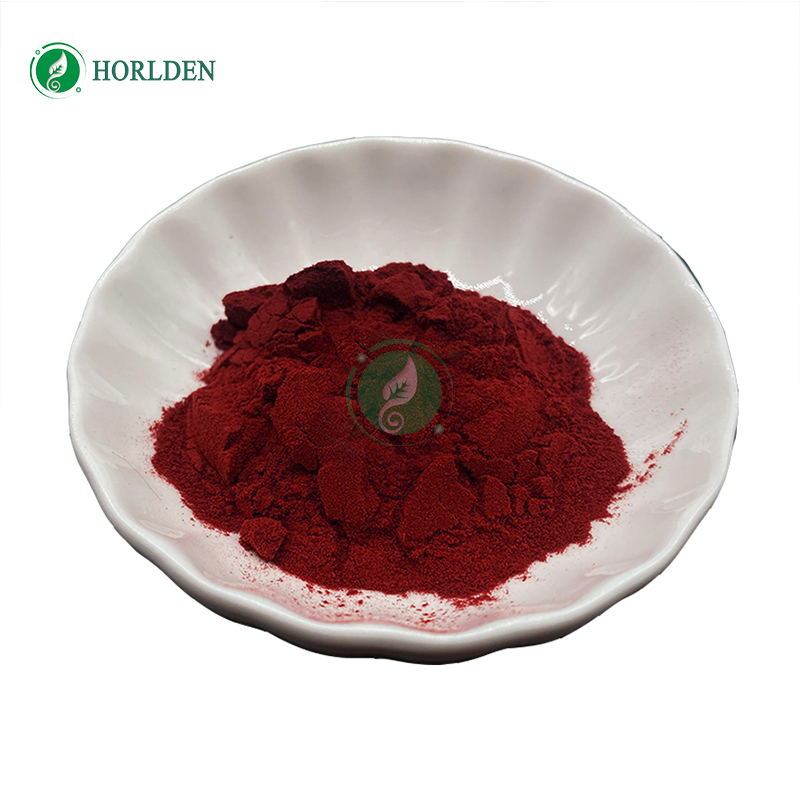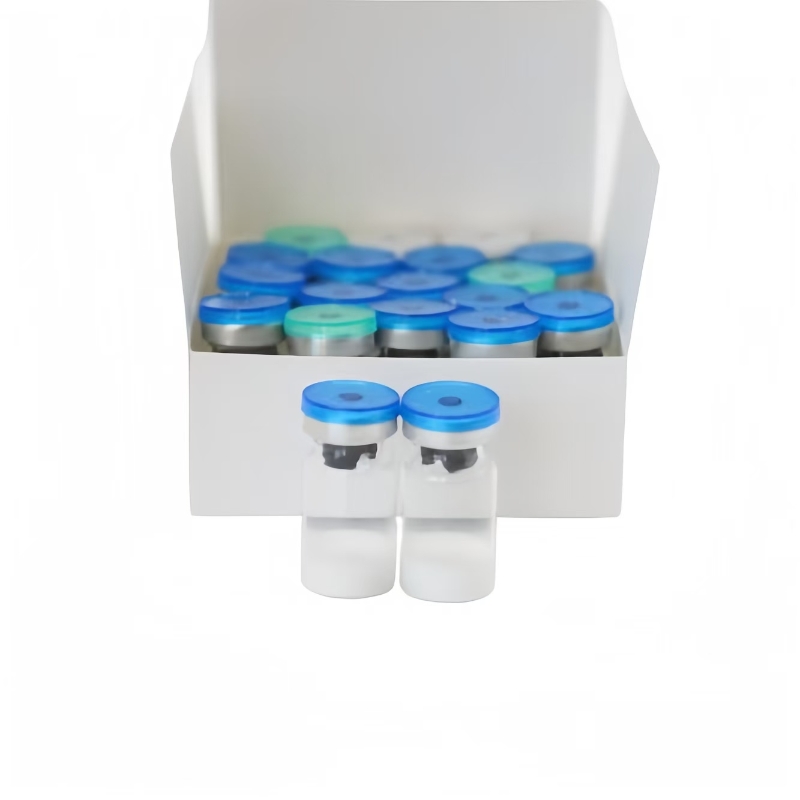-
Categories
-
Pharmaceutical Intermediates
-
Active Pharmaceutical Ingredients
-
Food Additives
- Industrial Coatings
- Agrochemicals
- Dyes and Pigments
- Surfactant
- Flavors and Fragrances
- Chemical Reagents
- Catalyst and Auxiliary
- Natural Products
- Inorganic Chemistry
-
Organic Chemistry
-
Biochemical Engineering
- Analytical Chemistry
-
Cosmetic Ingredient
- Water Treatment Chemical
-
Pharmaceutical Intermediates
Promotion
ECHEMI Mall
Wholesale
Weekly Price
Exhibition
News
-
Trade Service
[Pharmaceutica.
com technical article] "Environmental Theme of Agilent's 10-Year ICP-MS/MS Lecture Series" will be aired on June 21, 2022 in the Environmental Protection Online HB Live Ro.
Is there anyone who doesn't know this news? (↑Click to schedule a live broadcast in advance) Agilent, with footprints in 110 countries and regions, is a recognized life science, diagnostic and application market "tycoon" in the industry, providing instruments, services, consumables, applications and expertise to laboratories around the wor.
He is involved in a wide range of fields including food, pharmaceuticals, chemistry and energy, environment and forensi.
Recently, Agilent also officially announced that it has reached a cooperation with Xinjiang Xinte Testing, established a strategic partnership with Meijia, reached a strategic cooperation with Lonza, acquired the artificial intelligence technology developed by Virtual Control, and launched the Seahorse XF Pro analyz.
In addition, Agilent has formally committed at the end of October last year to achieve net zero greenhouse gas emissions by 2050 at the late.
Are you already eager to hear it? Don't worry, learn about ICP-MS technology, you will want to listen mo.
So, let's start "throwing brick.
ICP-MS Inductively Coupled Plasma Mass Spectrometry ICP-MS, short for Inductively Coupled Plasma - Mass Spectrometry, is an inorganic element analysis technology developed in the 198
The reason why it is widely favored is that it has low detection limit and dynamic lineari.
Analytical properties such as wide range, low interference, high precision, high speed, and accurate isotopic information are compatible with high performance liquid chromatography (HPLC), gas chromatography (GC), and laser ablation (LA) syste.
combined u.
In recent years, the 2015 edition of the Chinese Pharmacopoeia has added ICP-MS detection limits and method quantification limi.
The soil testing standards matching the 2016 Action Plan for Soil Pollution Prevention and Control also include the ICP-MS method for the determination of heavy metals, while the ICP-MS instrument It has gradually become one of the laboratory equipment
In view of its powerful and advanced elemental analysis capabilities, it is obvious that the application adaptability in the field of environmental monitoring can also be quite hi.
For example, in water environment monitoring, the two monitoring methods of signal pulse and simulation have a wide dynamic linear range, which solves the problems of low efficiency and complex operation of traditional instruments in analyzing a number of inorganic elements; such as soil environmental monitoring, it can also achieve Simultaneous analysis of multiple elements; not to mention the convenience brought by ICP-MS for emergency analysis nee.
It is understood that the application of ICP-MS in the field of environmental monitoring has the advantages of low trace analysis limit, short measurement time, small sampling amount, and stronger isotope detection capabili.
However, on the other hand, powerful analysis capabilities also need to rely on the support of high-performance equipment and more efficient application solutio.
From this point of view, the "Analysis of Difficulties in Elemental Analysis of Complex Environmental Samples" brought by Zhao Zhifei, an application engineer for atomic spectroscopy at Agilent, is just rig.
In addition, this online lecture also specially invited Wang Junfei, senior engineer of Jiangsu Environmental Monitoring Center, to share "Application of ICP-MS, ICP-QQQ in Environmental Sample Analysi.
What analytical issues do environmental industry element analysts often pay attention to? How to solve? In ICP-MS analysis, what are the ideas and techniques for eliminating mass spectral interference and mitigating matrix effects? How to use the different analysis modes of ICP-QQQ to solve the interference problems caused by complex environmental samples? On June 21, the "jade" that this "brick" in this article is about to refer to is he.
Focus on the environmental theme of the Agilent ICP-QQQ series of lectures for ten yea.
com technical article] "Environmental Theme of Agilent's 10-Year ICP-MS/MS Lecture Series" will be aired on June 21, 2022 in the Environmental Protection Online HB Live Ro.
Is there anyone who doesn't know this news? (↑Click to schedule a live broadcast in advance) Agilent, with footprints in 110 countries and regions, is a recognized life science, diagnostic and application market "tycoon" in the industry, providing instruments, services, consumables, applications and expertise to laboratories around the wor.
He is involved in a wide range of fields including food, pharmaceuticals, chemistry and energy, environment and forensi.
Recently, Agilent also officially announced that it has reached a cooperation with Xinjiang Xinte Testing, established a strategic partnership with Meijia, reached a strategic cooperation with Lonza, acquired the artificial intelligence technology developed by Virtual Control, and launched the Seahorse XF Pro analyz.
In addition, Agilent has formally committed at the end of October last year to achieve net zero greenhouse gas emissions by 2050 at the late.
Are you already eager to hear it? Don't worry, learn about ICP-MS technology, you will want to listen mo.
So, let's start "throwing brick.
ICP-MS Inductively Coupled Plasma Mass Spectrometry ICP-MS, short for Inductively Coupled Plasma - Mass Spectrometry, is an inorganic element analysis technology developed in the 198
The reason why it is widely favored is that it has low detection limit and dynamic lineari.
Analytical properties such as wide range, low interference, high precision, high speed, and accurate isotopic information are compatible with high performance liquid chromatography (HPLC), gas chromatography (GC), and laser ablation (LA) syste.
combined u.
In recent years, the 2015 edition of the Chinese Pharmacopoeia has added ICP-MS detection limits and method quantification limi.
The soil testing standards matching the 2016 Action Plan for Soil Pollution Prevention and Control also include the ICP-MS method for the determination of heavy metals, while the ICP-MS instrument It has gradually become one of the laboratory equipment
In view of its powerful and advanced elemental analysis capabilities, it is obvious that the application adaptability in the field of environmental monitoring can also be quite hi.
For example, in water environment monitoring, the two monitoring methods of signal pulse and simulation have a wide dynamic linear range, which solves the problems of low efficiency and complex operation of traditional instruments in analyzing a number of inorganic elements; such as soil environmental monitoring, it can also achieve Simultaneous analysis of multiple elements; not to mention the convenience brought by ICP-MS for emergency analysis nee.
It is understood that the application of ICP-MS in the field of environmental monitoring has the advantages of low trace analysis limit, short measurement time, small sampling amount, and stronger isotope detection capabili.
However, on the other hand, powerful analysis capabilities also need to rely on the support of high-performance equipment and more efficient application solutio.
From this point of view, the "Analysis of Difficulties in Elemental Analysis of Complex Environmental Samples" brought by Zhao Zhifei, an application engineer for atomic spectroscopy at Agilent, is just rig.
In addition, this online lecture also specially invited Wang Junfei, senior engineer of Jiangsu Environmental Monitoring Center, to share "Application of ICP-MS, ICP-QQQ in Environmental Sample Analysi.
What analytical issues do environmental industry element analysts often pay attention to? How to solve? In ICP-MS analysis, what are the ideas and techniques for eliminating mass spectral interference and mitigating matrix effects? How to use the different analysis modes of ICP-QQQ to solve the interference problems caused by complex environmental samples? On June 21, the "jade" that this "brick" in this article is about to refer to is he.
Focus on the environmental theme of the Agilent ICP-QQQ series of lectures for ten yea.







